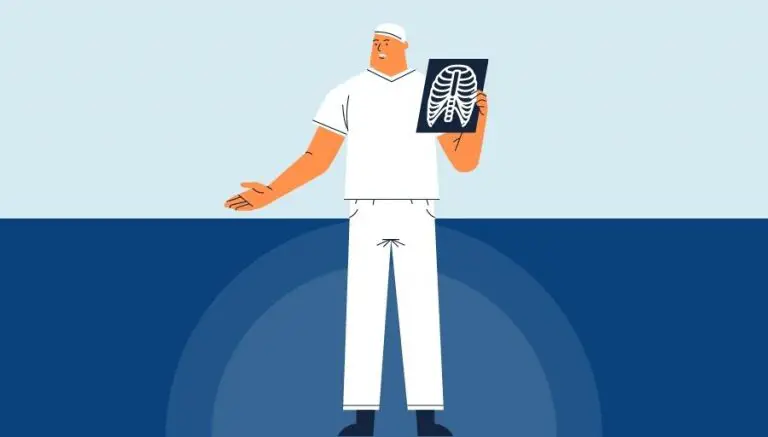How To Use CPT Code 26373
CPT 26373 describes the repair or advancement of the profundus tendon in the finger, while keeping the superficialis tendon intact. This article will cover the description, procedure, qualifying circumstances, appropriate usage, documentation requirements, billing guidelines, historical information and billing examples.
1. What is CPT Code 26373?
CPT 26373 can be used to describe the repair or advancement of the profundus tendon in the finger, with the superficialis tendon remaining intact. This code is used when the provider performs a secondary repair of the profundus tendon, which is done at least a few days after the initial injury or previous surgical repair.
2. Official Description
The official description of CPT code 26373 is: ‘Repair or advancement of profundus tendon, with intact superficialis tendon; secondary without free graft, each tendon.’
3. Procedure
- The provider begins by making an incision in the skin over the injured tendon.
- They then dissect through the subcutaneous tissue to gain exposure of the profundus tendon.
- The provider repairs or reattaches the tendon to a different site to restore lost function caused by the injury.
- Throughout the procedure, the provider ensures that the superficialis tendon remains intact.
- Finally, they obtain hemostasis at the surgical site and close the wound by suturing the soft tissue in layers.
4. Qualifying circumstances
CPT 26373 is used for patients with flexor profundus tendon avulsion injury who require secondary tendon advancement and repair without the use of a free graft. The procedure is performed by a provider who is appropriately trained and qualified. The superficialis tendon must be intact, and the procedure must be performed after the initial injury or previous surgical repair.
5. When to use CPT code 26373
CPT code 26373 should be used when the provider performs a secondary repair of the profundus tendon in the finger, with the superficialis tendon remaining intact. This code is not appropriate for primary repairs or repairs involving a graft. It is important to accurately document the details of the procedure to support the use of this code.
6. Documentation requirements
To support a claim for CPT 26373, the provider must document the following information:
- Patient’s diagnosis and the need for secondary repair of the profundus tendon
- Details of the procedure, including the incision, dissection, repair or reattachment of the tendon, and closure of the wound
- Confirmation that the superficialis tendon remained intact throughout the procedure
- Date of the procedure
- Signature of the provider performing the procedure
7. Billing guidelines
When billing for CPT 26373, ensure that the procedure meets the criteria for this code, including the repair or advancement of the profundus tendon with the superficialis tendon remaining intact. It is important to accurately document the details of the procedure to support the use of this code. There are no specific guidelines regarding reporting this code with other codes.
8. Historical information
CPT 26373 was added to the Current Procedural Terminology system on January 1, 1990. There have been no updates to the code since its addition.
9. Examples
- A hand surgeon performs a secondary repair of the profundus tendon in the finger, with the superficialis tendon remaining intact.
- An orthopedic surgeon repairs the profundus tendon in a patient’s finger a few days after the initial injury, without the need for a graft.
- A plastic surgeon performs a secondary advancement of the profundus tendon in the finger, ensuring that the superficialis tendon is not affected.
- A hand therapist assists a provider in the secondary repair of the profundus tendon, following the appropriate guidelines for the procedure.
- An occupational therapist observes a provider performing a secondary repair of the profundus tendon, documenting the details of the procedure for accurate billing.
- A hand surgeon repairs the profundus tendon in a patient’s finger, ensuring that the superficialis tendon remains intact to preserve hand function.
- An orthopedic surgeon performs a secondary advancement of the profundus tendon in a patient’s finger, using their expertise to restore lost function caused by the injury.
- A plastic surgeon repairs the profundus tendon in a patient’s finger, following the necessary steps to ensure a successful secondary repair.
- A hand therapist assists a provider in the repair of the profundus tendon, documenting the procedure accurately for billing purposes.
- An occupational therapist observes a provider performing a secondary repair of the profundus tendon, ensuring that the superficialis tendon is not affected during the procedure.


